Reading in 2020

What I read in 2020.
- Introduction
- R.S. Sutton and A.G. Barto: “Reinforcement Learning: An Introduction”
- G.R.R Martin: “A Dance with Dragons”
- P. Domingos: “The Master Algorithm”
- C. Thompson: “Coders”
- S. Pinker: “The Sense of Style”
Introduction
Whenever I am looking for a new book to read, I really enjoy looking at lists of books other people read. Since I started reading more again this year (covid19…), I thought it would be a good idea to write down some thoughts on the individual books. I ended up picking up a new book almost every month. In the following, I describe the more interesting ones of them.
R.S. Sutton and A.G. Barto: “Reinforcement Learning: An Introduction”
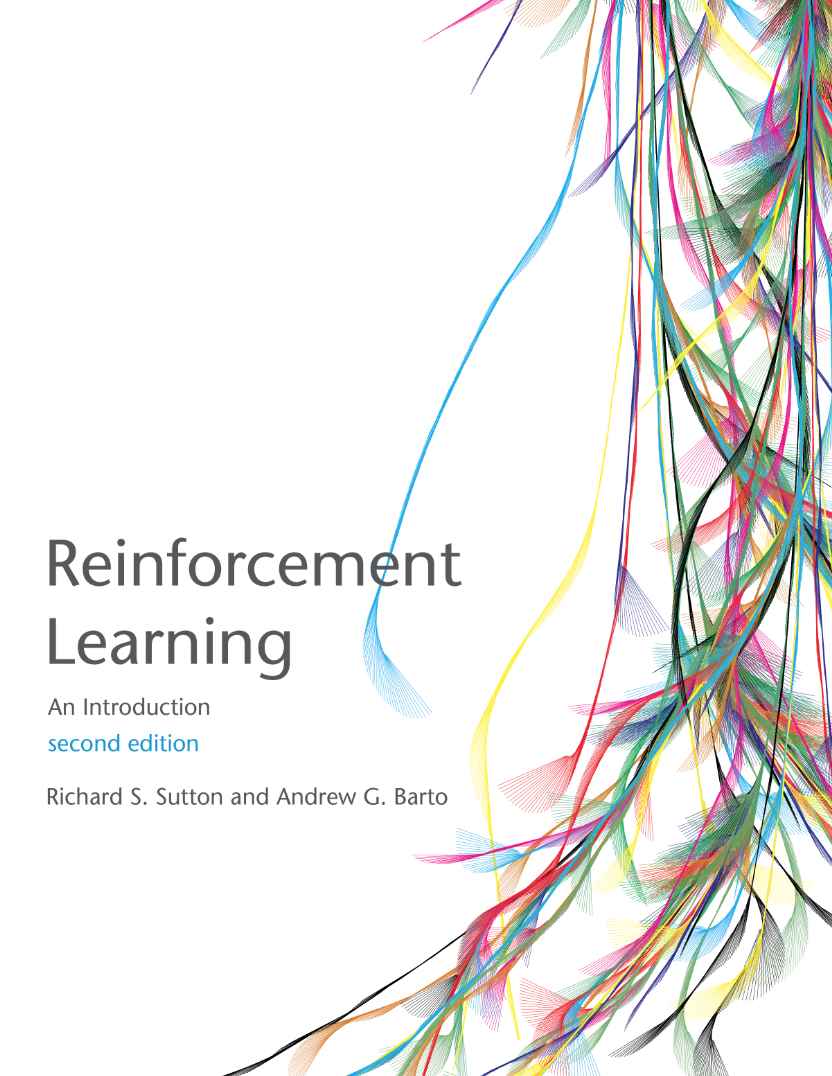
Reinforcement learning is a subarea of Machine Learning with some essential differences to (un)supervised learning. The fundamental idea is that we want to train an agent that learns how to perform tasks in a dynamic environment. In contrast to supervised learning, the feedback given to the agent is delayed and does not tell it what the best action would have been.
Because reinforcement learning is a bit of a niche area in Machine Learning, I never really got into it when I was new to the field. Still, the fundamental idea sounded incredibly interesting to me, so in the holidays after the winter semester I decided to work through this book. This was just in time to read the reworked second edition.
The book was written by Sutton and Barto who are renowned experts in the field and came up with many of the most important ideas themselves. While the book does contain a large amount of math, it is still very accessible because everything is explained up from the ground up.
Mentally processing the book was a lot of fun and I got a lot of inspiration for the future. Reinforcement learning is the key element in the AWS Deep Racer and I still marvel at the way it builds up the entire framework step by step.
G.R.R Martin: “A Dance with Dragons”
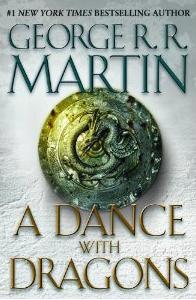
A Dance with Dragons is the fifth book from the A Song of Ice and Fire series that Game of Thrones is based on. After I read the first four book in 2015–2017, I was planning to read the other last book this year just so that I would be done when the sixth book was going to come out. Unfortunately, that book got delayed further and further and is not even out by now.
All in all, I really enjoyed the book and its excruiciating details that greatly tops the TV series. Remembering all the >100 characters per book is not that easy, as Martin loves to explain backstory that does not really pertain to the plot. The writing style is neihter too dramatic nor withdrawn and I enjoy how each chapter is told from the point of view of a different character. However, sometimes story lines in some threads is not touched in a long time and comes up perhaps once in a book. Then it sometimes is better to get a reminder what was going in that corner of the world a couple hundred of pages ago.
P. Domingos: “The Master Algorithm”
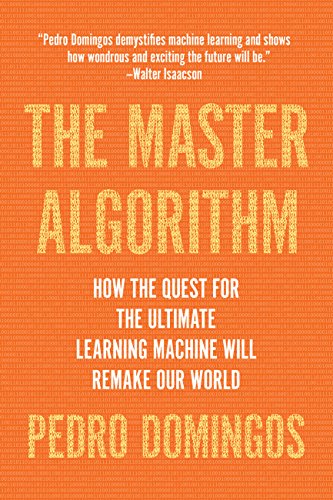
The Master Algorithm is a pop-scientific book about machine learning. It gives a nice overview of fundamental concepts and talks about the history of the field. The book is written for a general audience and does not assume prior knowledge. Domingos uses a lot of analogies, some of which were great, while some did not hit the nail on the head, I think. However, it is evident that he put in a lot of effort into trying to explain machine learning to people that are not from the field.
The fundamental idea behind the book is that there are five different schools of thought in machine learning. These are the evolutionist, Bayesian, analogist, symbolist, and the currently dominating connectionist approach. Domingos argues that if we want to create a master algorithm that matches the learning power of our brain, ideas from all these tribes ought to be combined.
The first part of the book introduces the five tribes and their main ideas. This was the strongest part of the book and I will probably go through this again at some point. The second part attempts to describe how they could be combined. This feels a bit forced and felt fairly abstract, since it is not entirely clarified how this should work.
C. Thompson: “Coders”
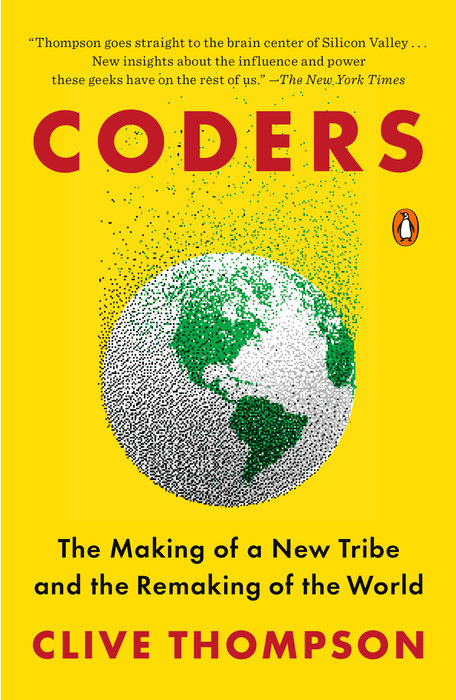
The book gives a good overview of subcultures and interests and tries to explain why some people feel drawn to them and coding in general. Thompson introduces the reader to coder culture and highlights a few case-study personalities he interviewed. He starts out with early history, such as computation at university servers, and later programming at home. Large part of the book is analyses of students in Computer Science programs and societal groups dominating the profession.
In general, the book gives a good overview of subcultures and interests and tries to explain why some people feel drawn to coding in general. But it is never too technical to scare off people not familiar with the subject matter, I felt.
S. Pinker: “The Sense of Style”
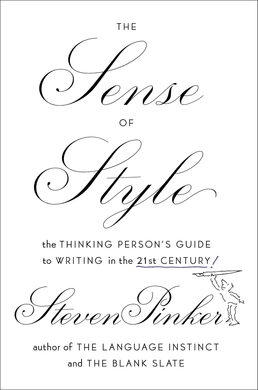
The Sense of Style is a style guide that tries to explain how to write more elegantly and effectively. Now, there is no lack for how to write effectively, technical, scientifc, fast etc. However, Pinker’s work, Prof at Harvard U. Psychology Departmet, was smart enough to keep me reading – finding it even enjoyabl Partly, this is definitely because it is written by a highly eloquent author, which helps building your own style.
The book addresses not only stylistic choices but also dives into more psychological aspects. One of these points that I really internalized is what the author calls the curse of knowledge. By having a deep understanding of a topic, it becomes incredibly hard to explain it in a good way to people without much prior knowledge. This is due to the fact that we forget the difficulties we had when first learning about the topic ourselves. Now it all seems so simple and it’s easy to fall into the trap of thinking that certain parts are also obvious to other people.